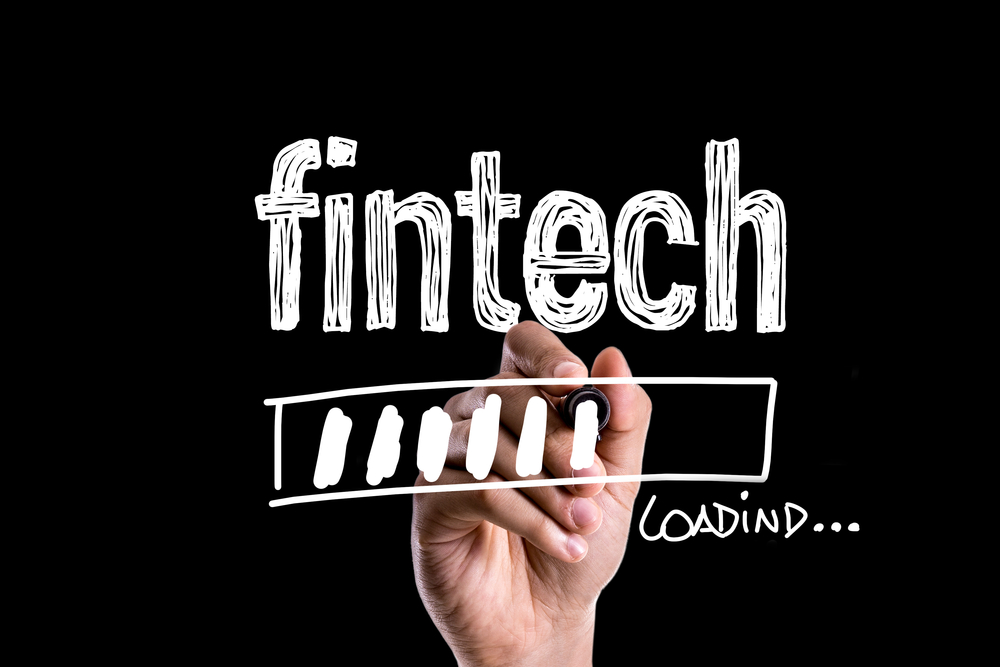Access to affordable formal credit has been a challenge for many segments in India, particularly small businesses, sole proprietors, and smaller entrepreneurs. The costs for banks to effectively lend to these groups are high due to which they are often excluded from mainstream credit channels.
The relatively high cost of bank lending is linked to the absence of reliable financial data that allows for effective credit risk profiling and pricing of loans. Banks tend to rely on historical data – bank account statements, cash flow analysis and past earnings as indicators of financial health when determining eligibility for loan products. Small business owners do not always have such historical financial data. This has led to a significant credit gap among small businesses and entrepreneurs.
Digital lending finTech platforms have the potential to significantly bridge this funding gap and have already changed the way small businesses access credit. There are three key factors that have contributed to making digital lending a game-changer for small value business loans.
Alternate Data: Fintech platforms have developed an alternate form of credit risk analysis that relies on more “forward-looking” data to understand and price credit risk. Digital lenders leverage their use of technology and use tools such as artificial intelligence and big data analytics to analyse multiple alternate data points to analyse the credit risk of a borrower. Spending patterns, online behaviour, telecom product usage, consumption trends are all relevant data points that a digital lending platform may analyse when determining eligibility for a credit product. GST-linked data has been another important data point that gives fintech digital lenders an understanding of business and cash flow cycles of a potential small business borrower. Today, GST data is standardised, available digitally, and reliable, which has created the opportunity for cash flow-based lending products to the MSME and SME sectors.
Low customer acquisition costs: Fintech platforms have much lower customer acquisition and loan processing costs than banks and more traditional lending institutions. Digital lenders have been able digitise the three phases of a customer journey for a loan product, which would typically include: (i) customer onboarding and KYC; (ii) loan processing; and (iii) loan disbursement. This has allowed for not just a seamless customer experience but also effective cost management.
Customised products: Access to multiple data sets has allowed digital lenders to develop sophisticated data analytic tools that help them understand specific financial needs of a borrower and develop customised credit products.
Each of these factors has contributed to the growth of digital lending in India and has also allowed fintech platforms to deliver financial products to segments that were not able to tap into formal banking products. Access to reliable data has been central to this growth. In September 2016 the RBI issued the NBFC-Account Aggregator Directions setting out the regulatory framework within which account aggregators will operate. Account aggregation is poised to become the next big tool in unlocking value from financial data. The account aggregator framework once operationalised will give fintech lenders access to reliable financial data sets of potential SME and MSME borrowers. Data of a borrower linked to bank accounts can now, under the RBI account aggregator framework be “pulled” from a financial information provider and “pushed” to a financial information user (in this case, the Fintech lender). The fintech lending platform can then analyse the aggregated data to determine the kinds of credit products that the borrower is eligible for.
The digital lending landscape in India has seen several partnerships between banks and digital lenders to develop collaborative lending models where each party focuses on its core strengths. Banks contribute the capital and the fintech platforms use tools such as artificial intelligence and data analytics to develop newer loan products. These partnerships give banks access to newer customer bases that they would not have been able to tap into on their own. This has also greatly helped in widening access to credit.
As the distribution of financial products and services becomes increasingly digital, so does the amount of customer data that is generated and accessed. A key aspect to increasing customer trust and confidence in digital financial products is the ability of the eco-system to protect customer data. As digital lending enters its next phase of growth, there will be a growing emphasis on products that protect the privacy and data of consumers.
The author is Partner and FinTech Practice Head, Shardul Amarchand Mangaldas
DISCLAIMER: Views expressed are the author's own, and Outlook Money does not necessarily subscribe to them. Outlook Money shall not be responsible for any damage caused to any person/organisation directly or indirectly.









